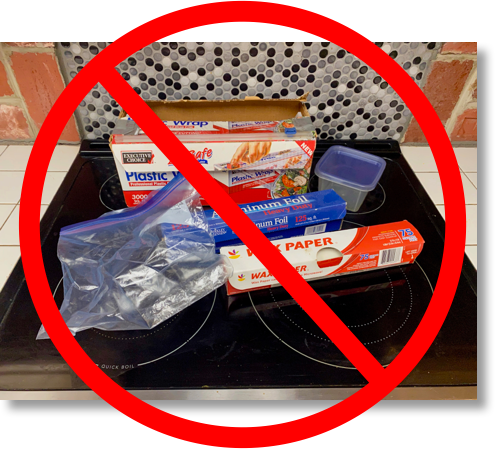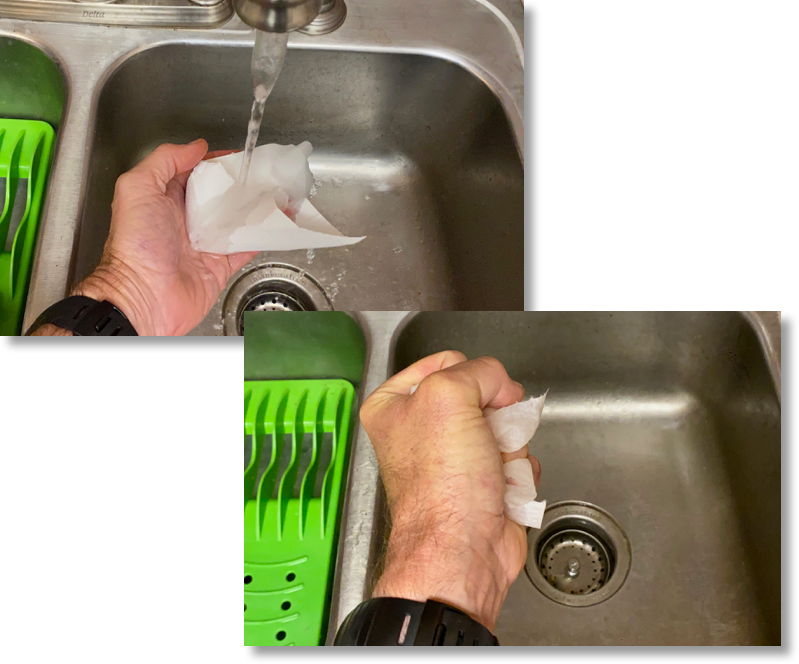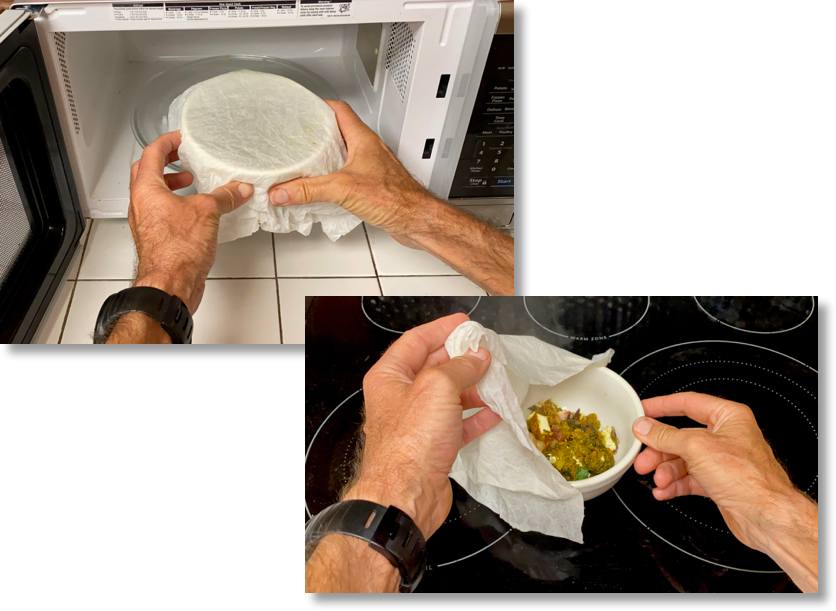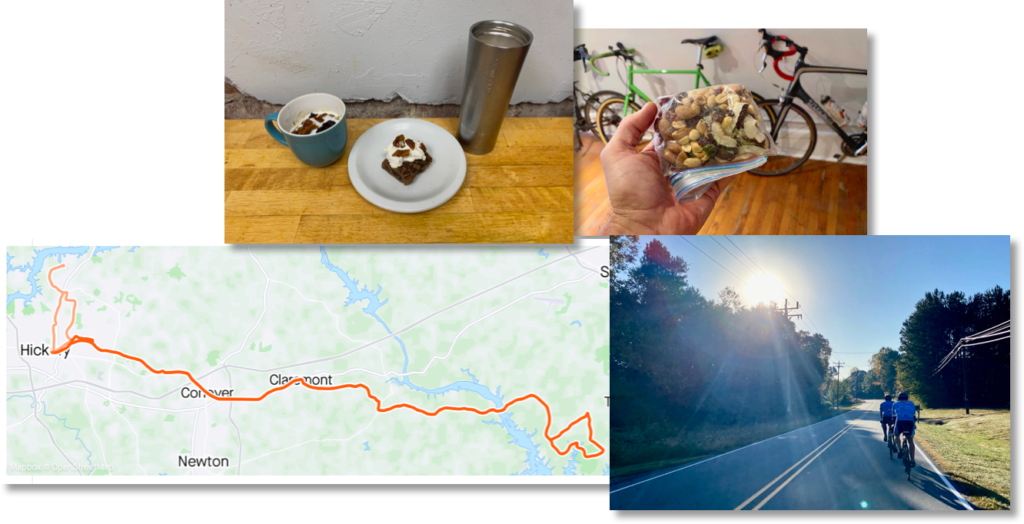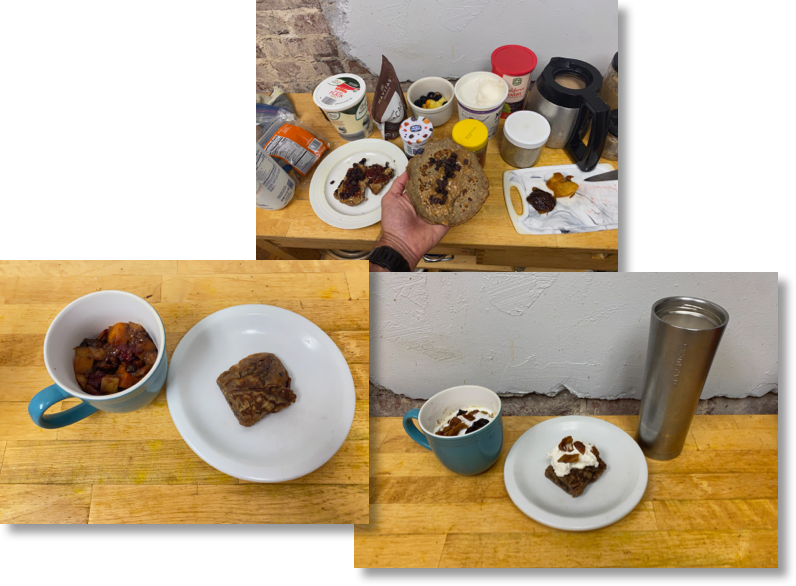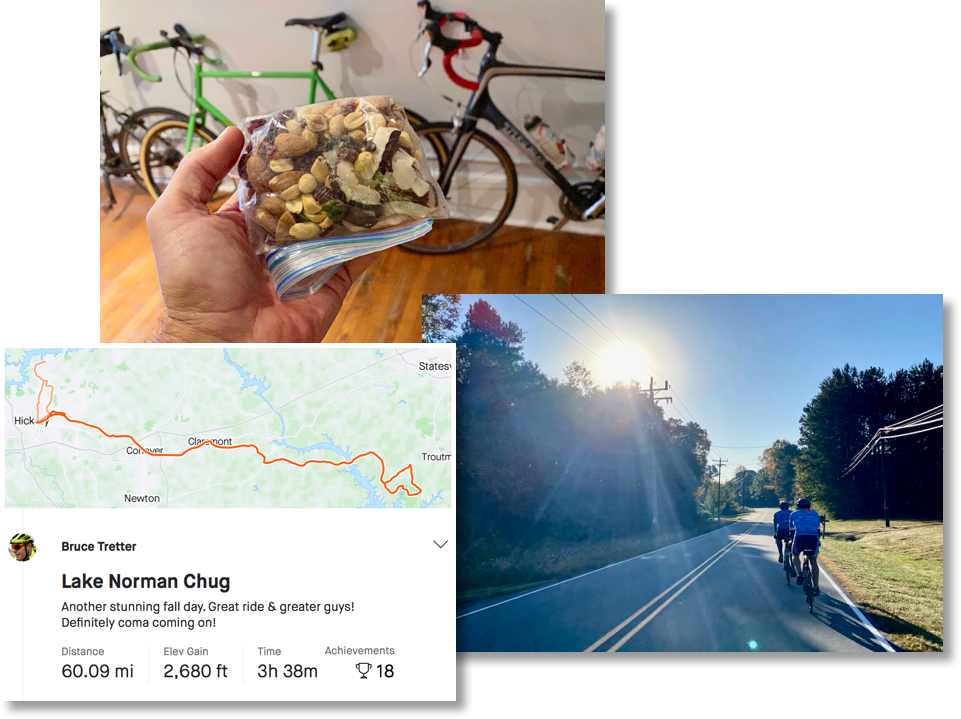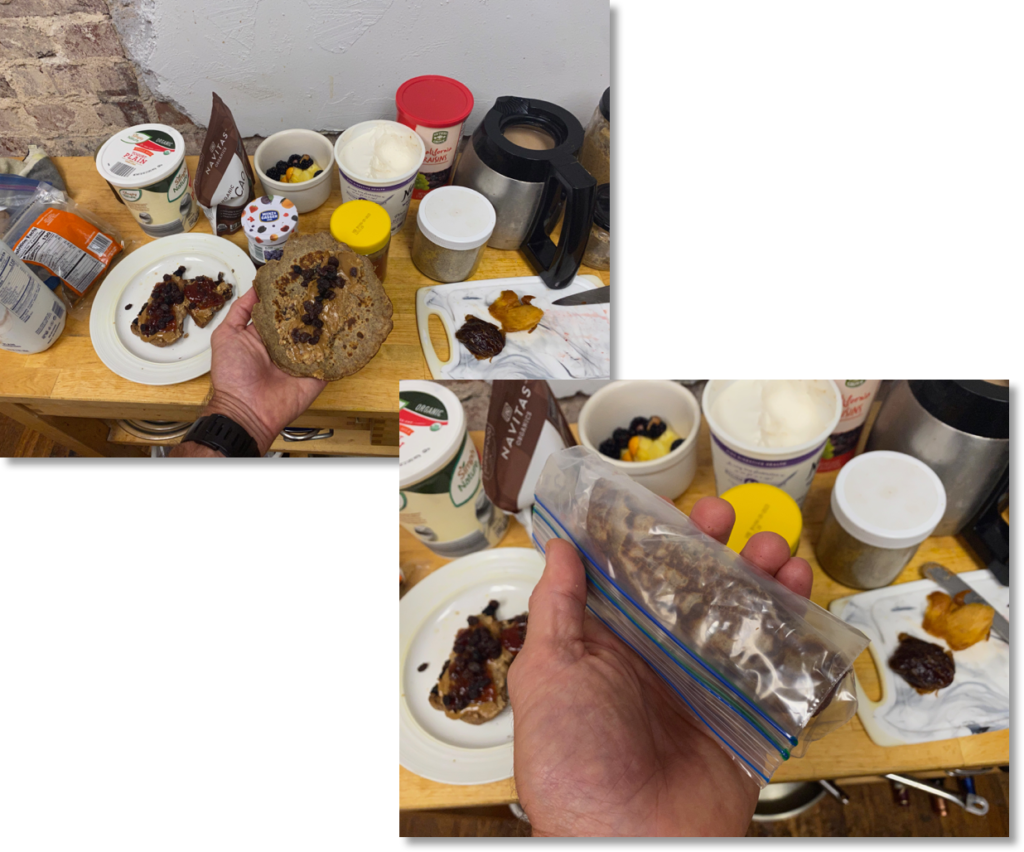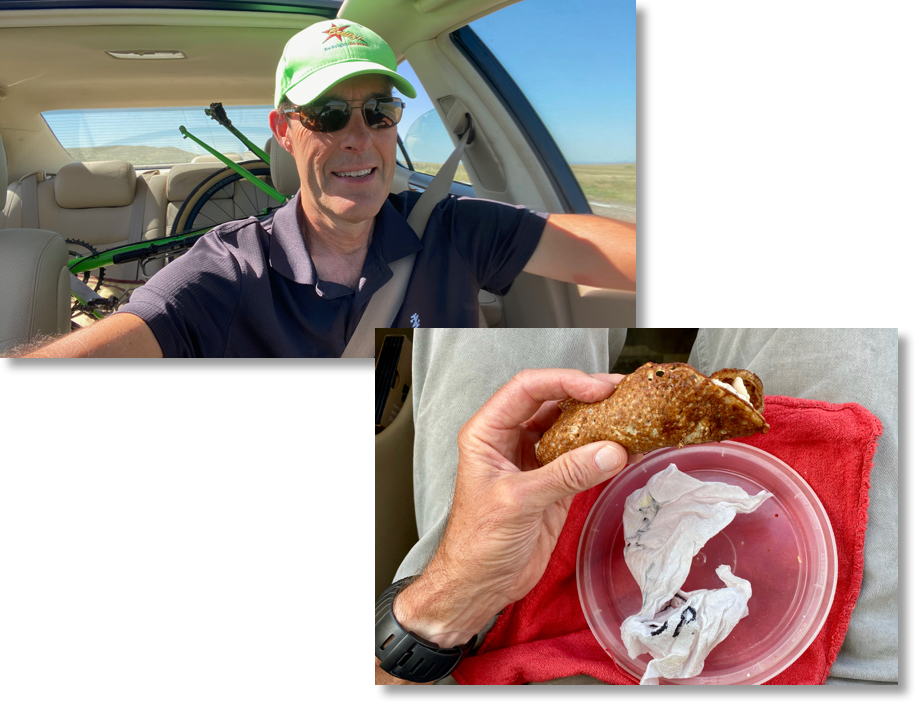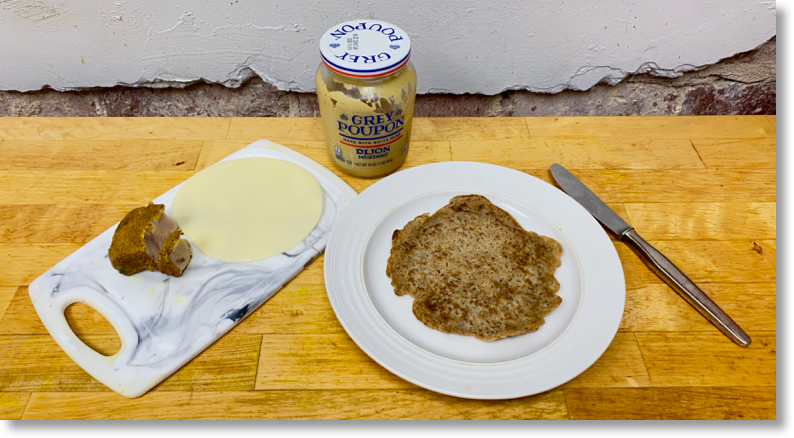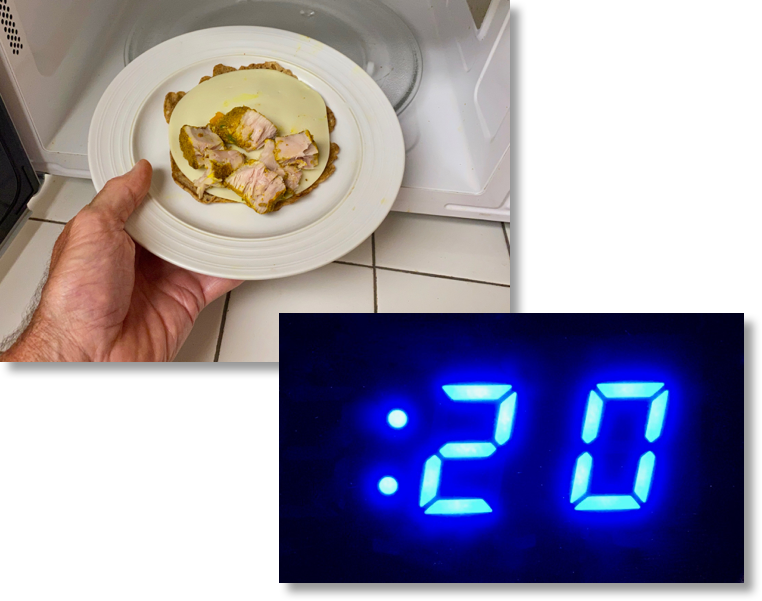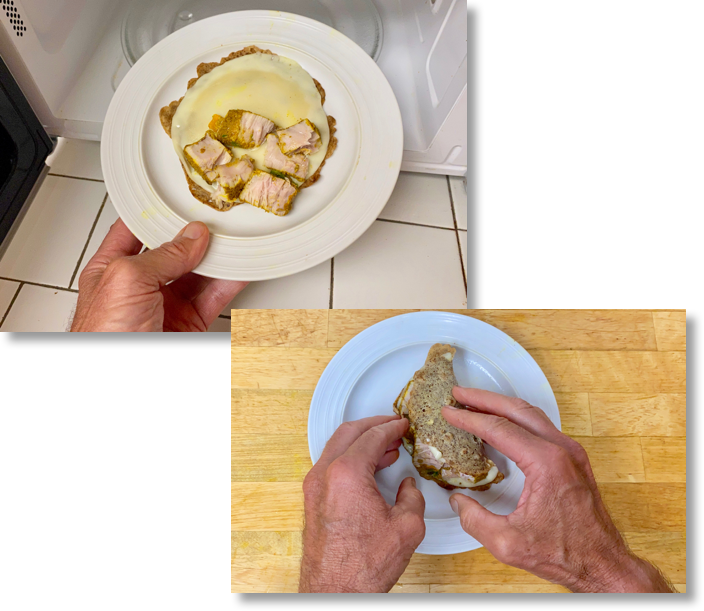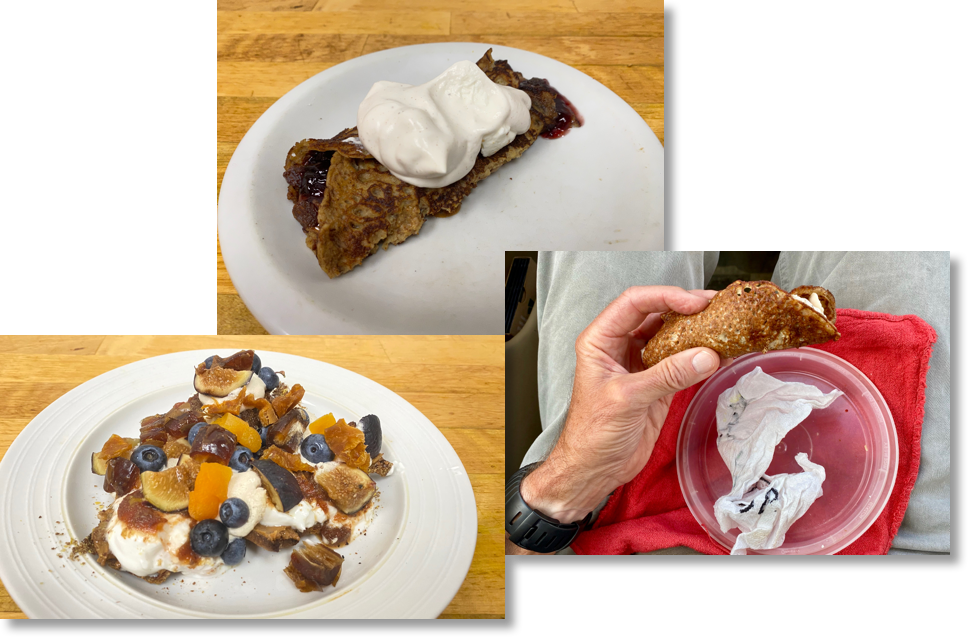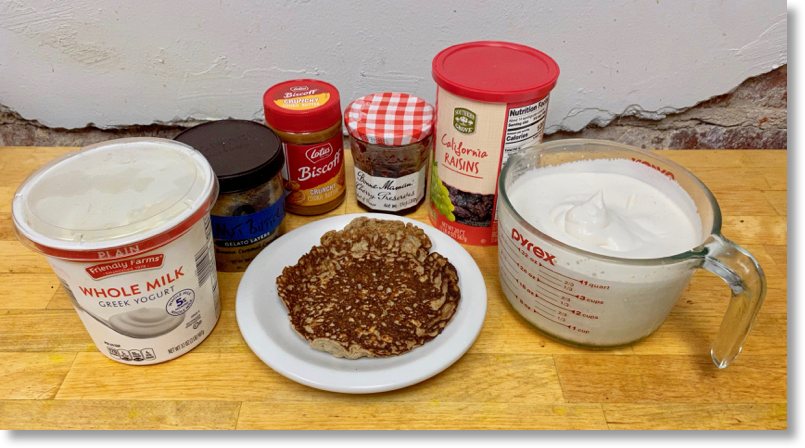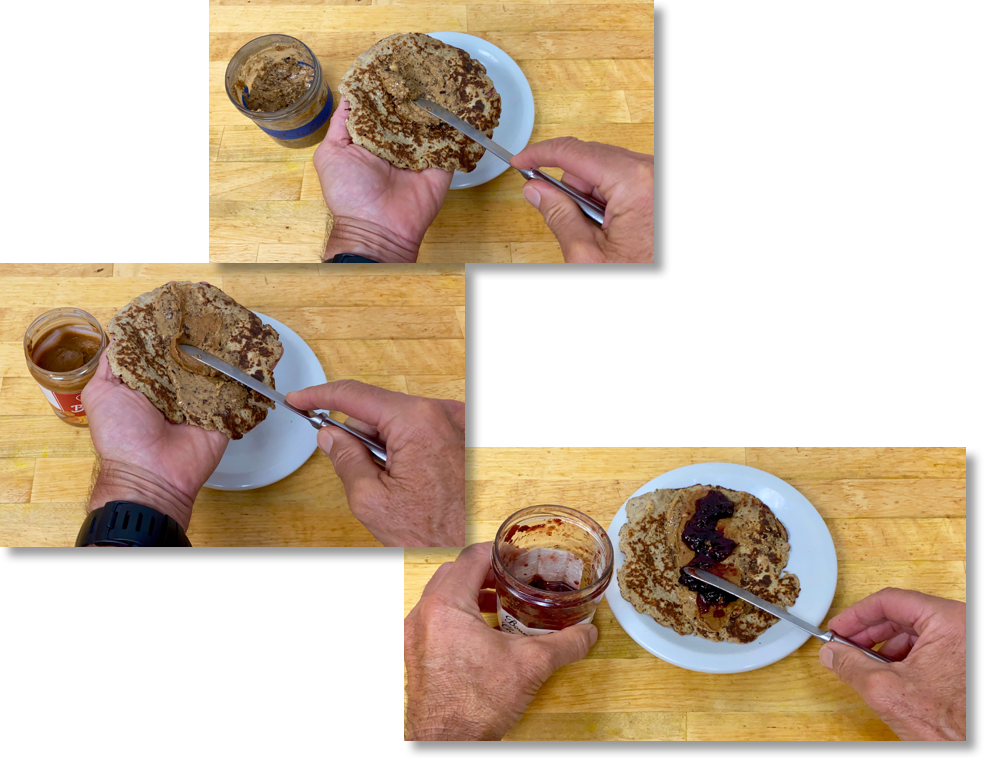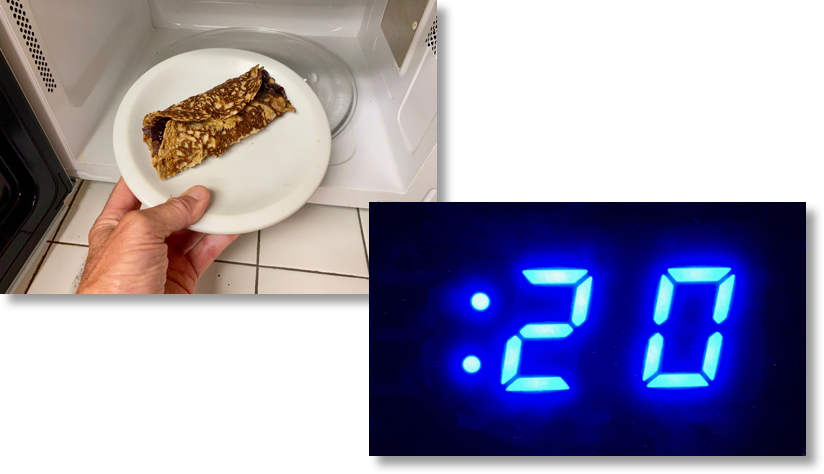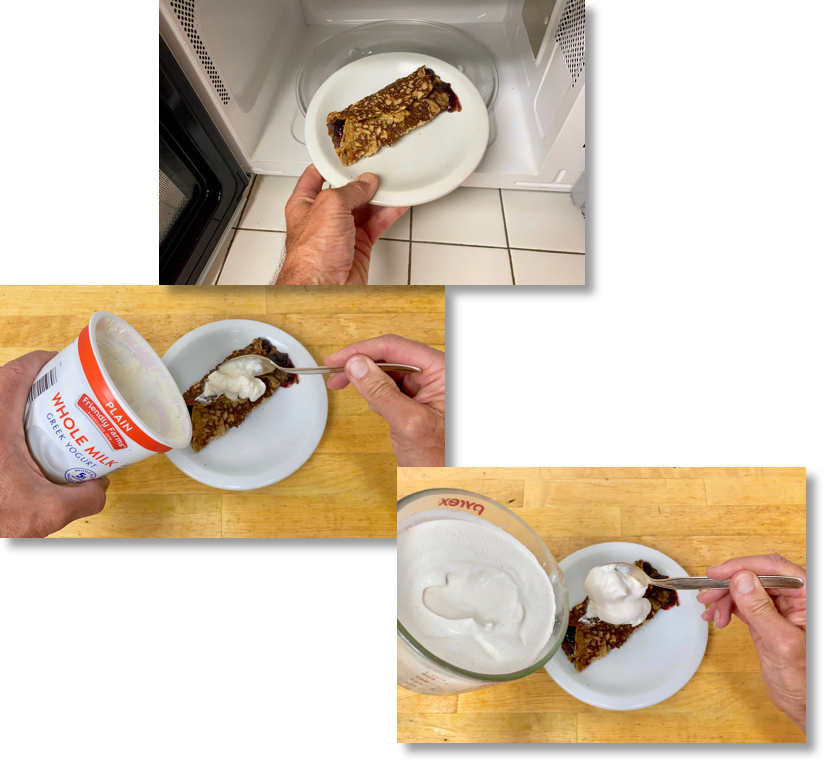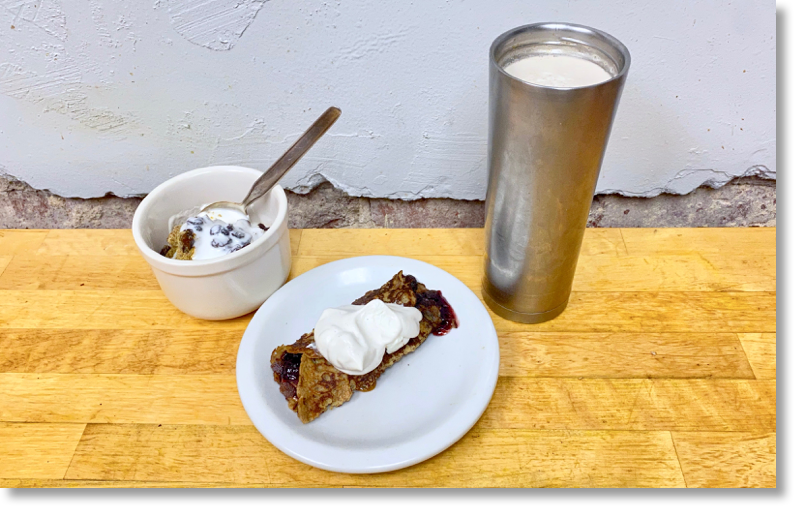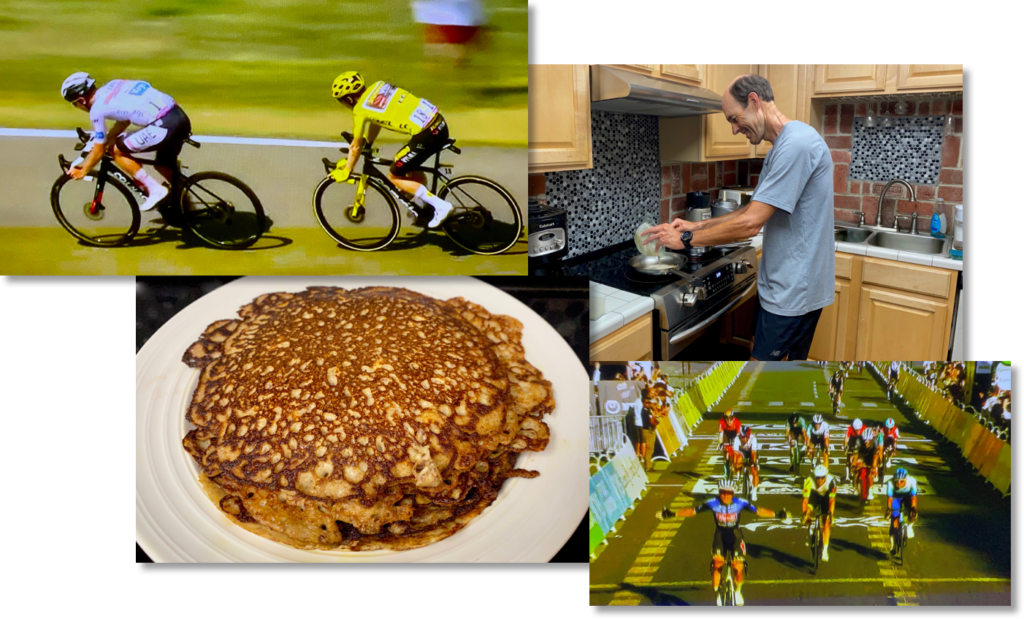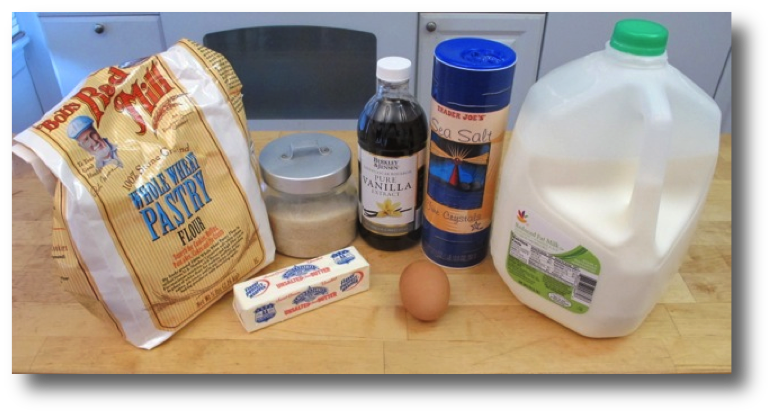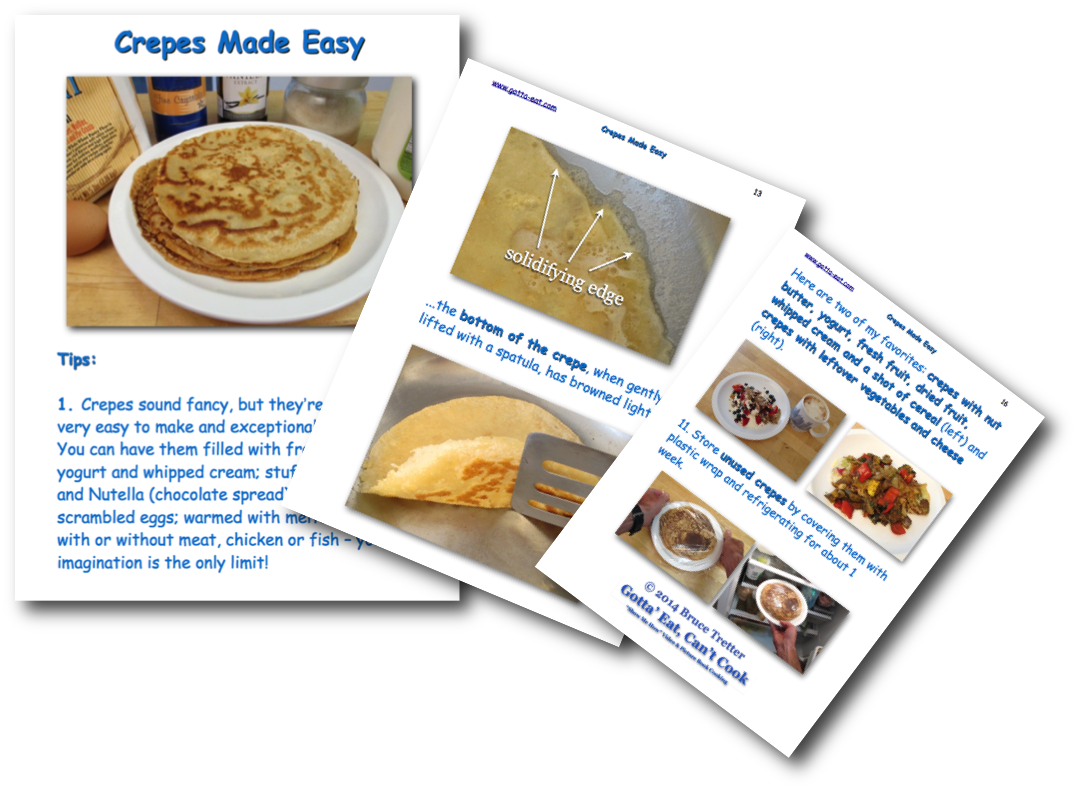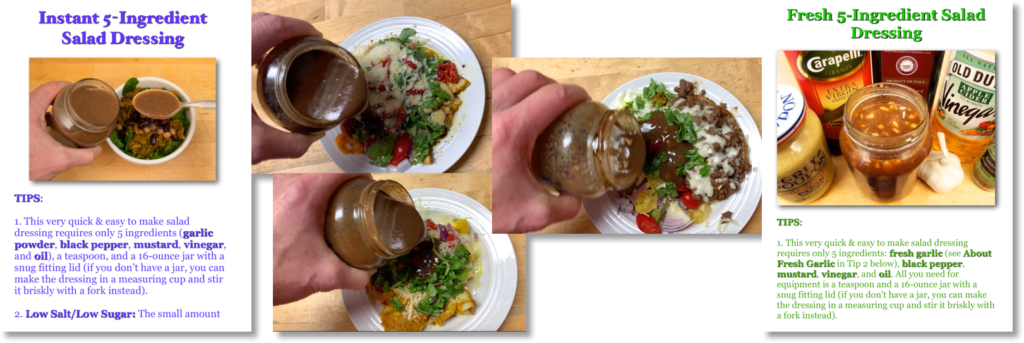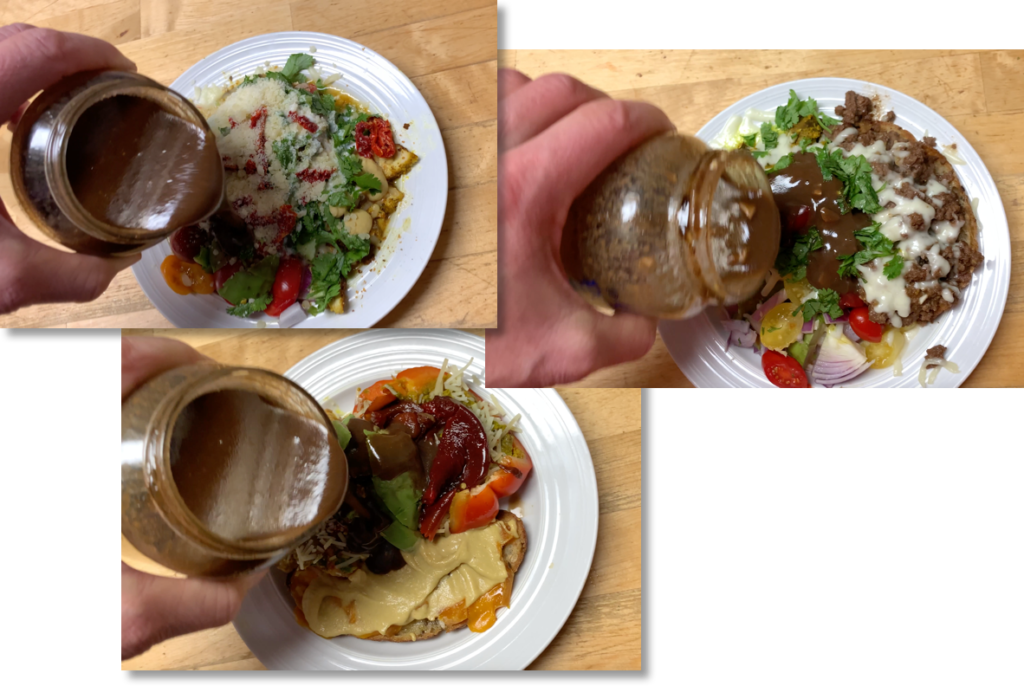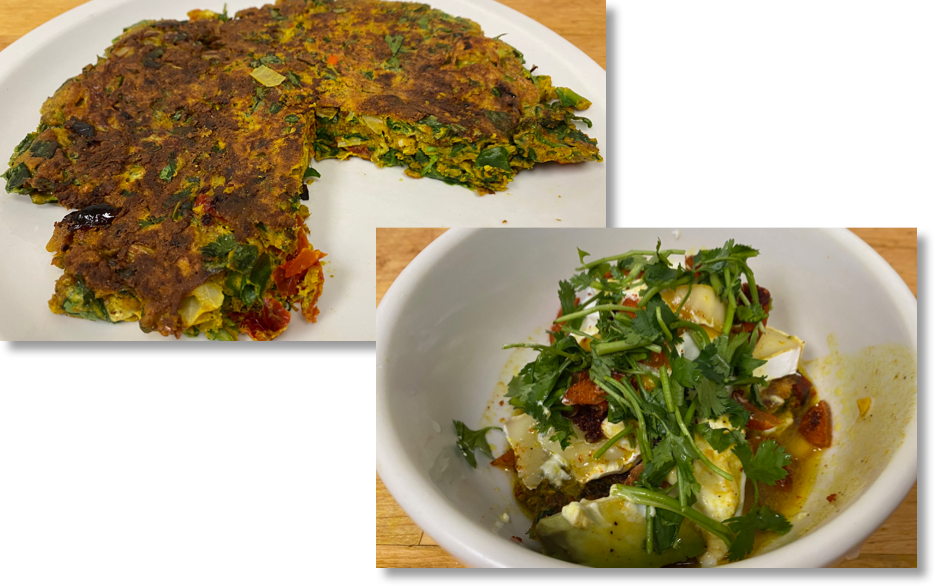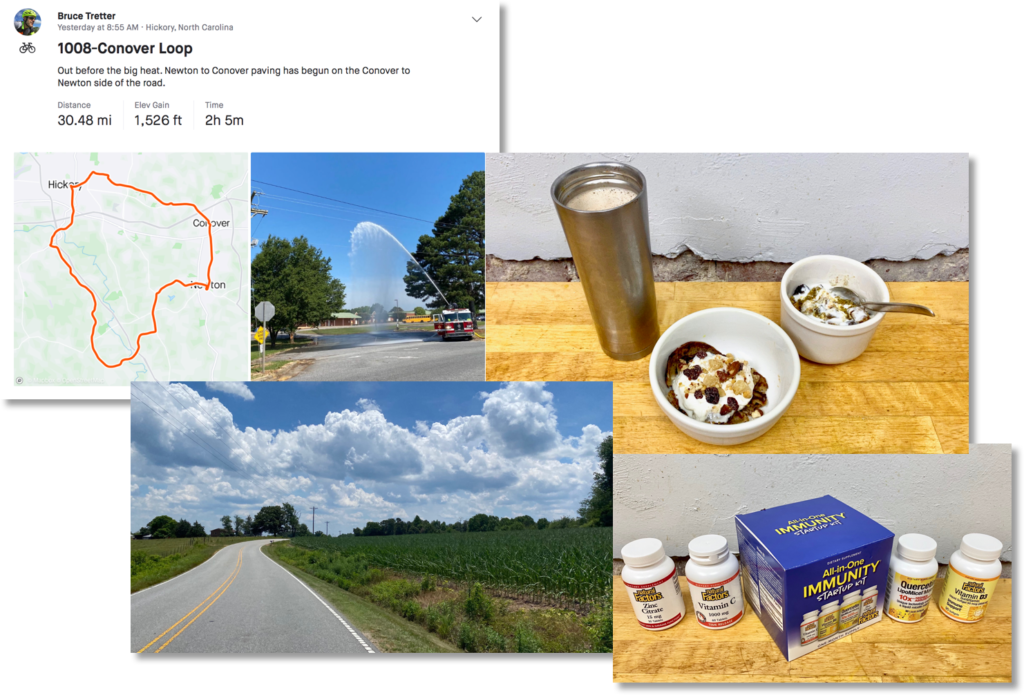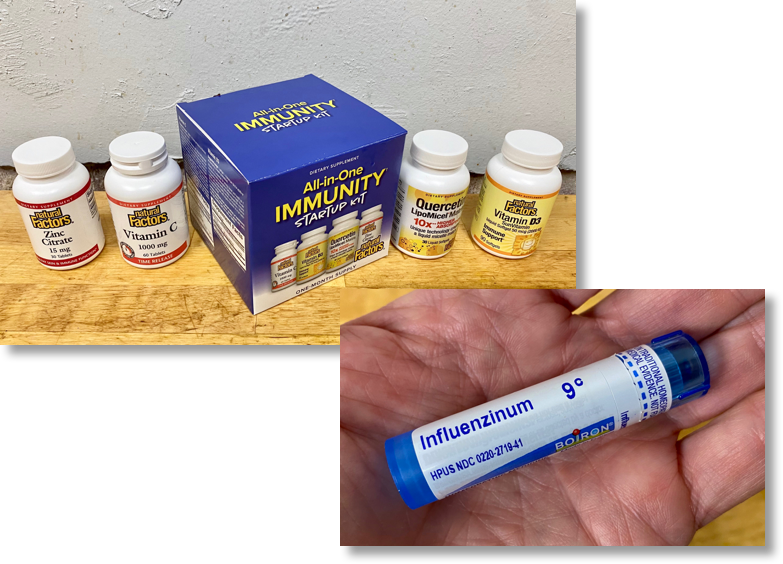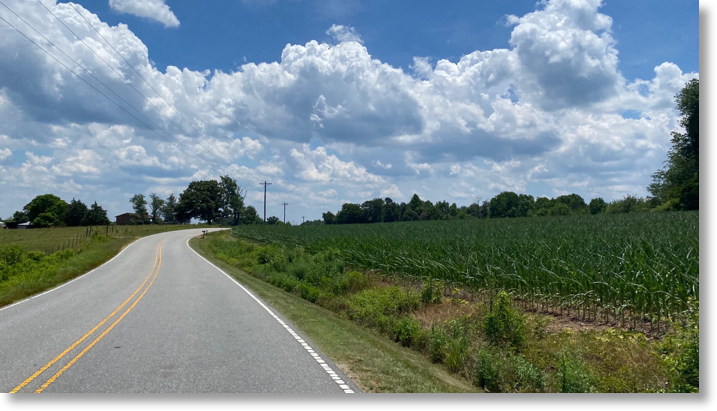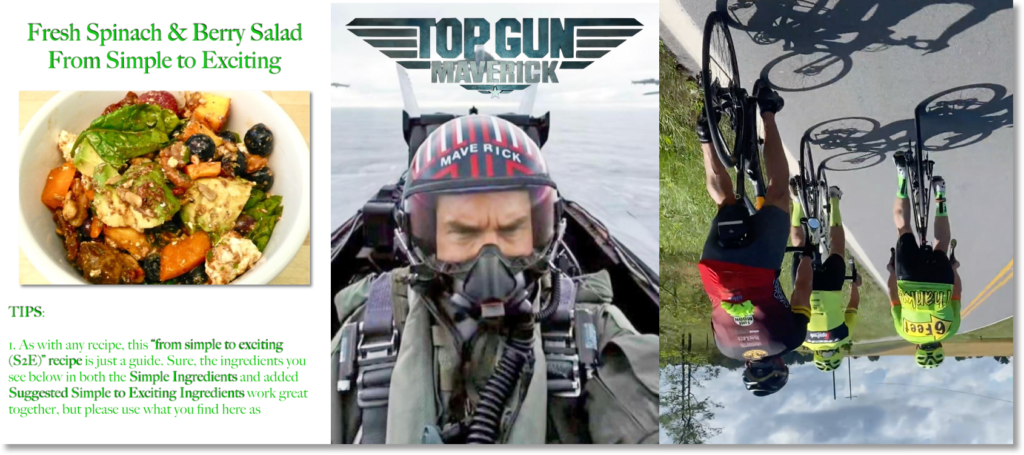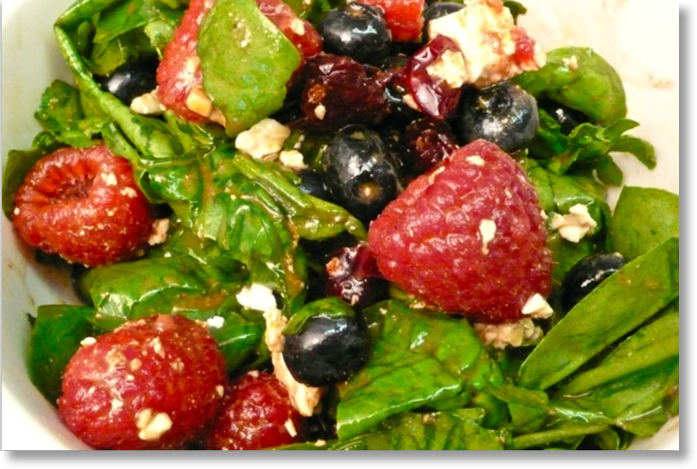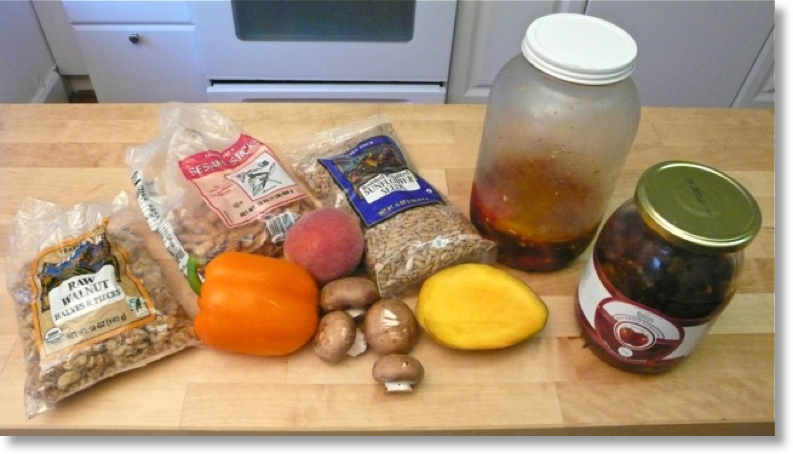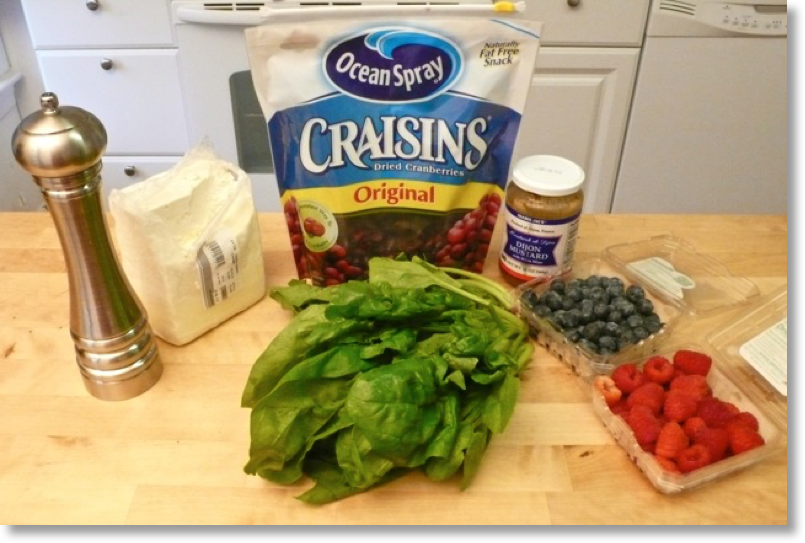As I wrote in February this year, microwave ovens, used as they are designed, are perfectly safe for warming and cooking foods.
But then there’s the issue of how control microwave cooking splatter that is always pure misery to clean. Using any of what you see directly below made of plastic (unless that plastic is clearly certified as “microwave safe”), wax or metal is out.
Plastics from plastic wrap, plastic bags and plastic containers leach what they’re made of, petrochemicals (chemicals made from oil), when heated. The wax from wax paper can melt into microwave cooked foods. Metals, like aluminum foil, reflect microwave energy and, in doing so, will destroy the microwave oven’s energy emitting magnetron – sometimes with spectacular fire. As a good friend would say, “That is NOT good”!
The best solution I’ve found to prevent microwave splatter safely is to cover whatever you’re cooking with a wetted paper towel. Why wet? Because a dry paper towel can slide off a microwave safe plate or bowl, especially if your microwave oven, like the one you see below, has a spinning turntable.
Here’s all you have to do to use this method. Wet and squeeze dry a piece of paper towel.
Cover the bowl or plate with the wetted paper towel the same way you would if you were using plastic wrap, and…
…remove the paper towel after cooking. Easy, safe – and big time splatter avoidance.

 November 3rd, 2022
November 3rd, 2022 


